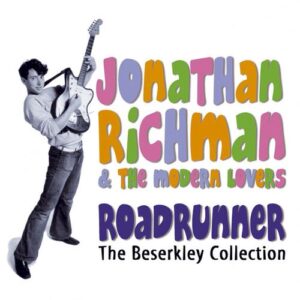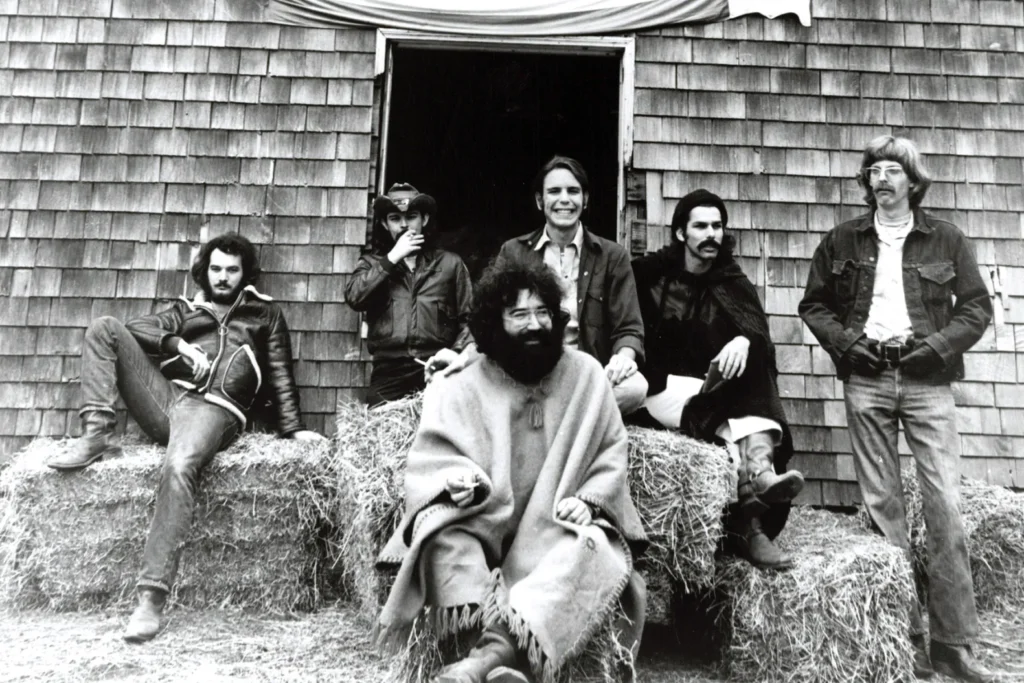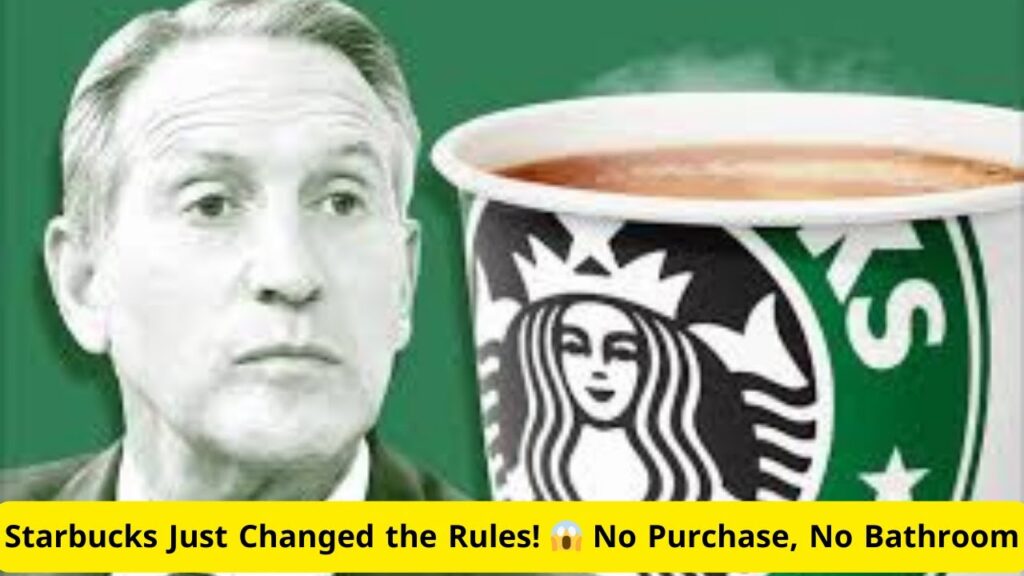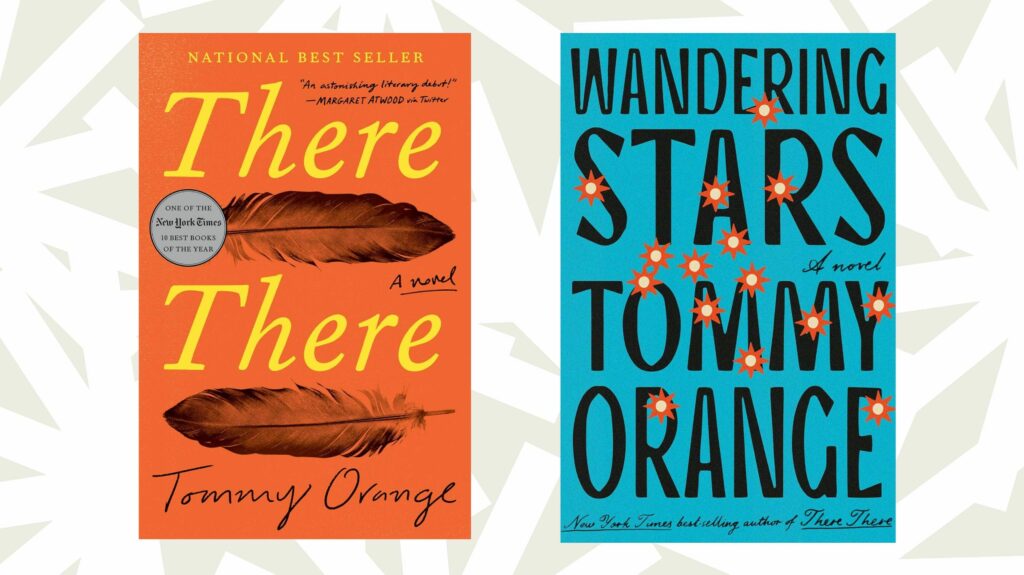“Roadrunner,” an ode to teenage freedom and cruising in the car with the AM radio on, ranks high on my list of all time favorite songs. It was written by the quirky, iconic pioneer of punk, Jonathan Richman, and if you don’t know him, you should. He’s about 60 years old now, but still writes, sings and performs with the energy, optimism and innocence of a teenager.
Jonathan has been covered by the Ramones, The Sex Pistols, Joan Jett, Greg Kihn and many others who acknowledge him as a major influence on their music. Jerry Harrison, the guitar player in his seminal band, The Modern Lovers, went on to be a founding member of The Talking Heads.
The raw, pre-punk, rock & roll of his early music gave way to stripped down, acoustic driven songs covering a wide range of emotions, all of which Jonathan wears on his sleeve. His music and lyrics can be deeply touching, but his best work radiates child-like innocence and humor wrapped around keen social observation.
And Jonathan loves to wax nostalgic – about AM radio, “The Old Corner Store,” riding the bus instead of taking a plane, ice cream trucks that used to roam suburban neighborhoods or heading to Reno to see Tom Jones or Charro.
Roadrunner, roadrunner Going faster miles an hour Gonna drive past the Stop ‘n’ Shop With the radio on I’m in love with Massachusetts And the neon when it’s cold outside And the highway when it’s late at night Got the radio on I’m like the roadrunner Radio On! I got the AM Radio On! I’ve got the, got the power of the AM Got the, late at night, rock & roll late at night The factories and the auto signs got the power of modern sounds Alright!
All of which I could not stop thinking about when I read a recent New York Times article describing how Ajit Pai, the lone Republican Federal Communications Commissioner, is on a “Quest To Save AM (Radio) Before It’s Lost In The Static.”
It sounds like a noble pursuit, until you stop to consider the facts, all of which point to the inevitable conclusion that AM is hopelessly lost in the static. The AM band continues to decline, representing only 15% of all radio listeners in 2011, down from 50% in 1978.
AM’s sound quality can’t compete with FM, a problem that isn’t getting any better “as nearly every recently manufactured electronic consumer product — not just proliferating smartphones but televisions, home air-conditioning systems, refrigerators, computers and even energy-saving fluorescent light bulbs — emits radio signals that can interfere with AM broadcasts.”
Perhaps more important, there’s satellite radio and the Internet, full of talk, news, streaming music and more.
Although diminished, AM still has a role. Many stations are minority owned with content tailored to audiences that may not be well-served on the FM band, 24/7 news stations keep us informed and the nation’s conservatives salivate every weekday to the red meat served up by Rush Limbaugh and others.
But does “revitalizing” AM serve any greater purpose? As it continues on its long, slow path to its natural demise, is the American public being denied content it might not receive somewhere else, more conveniently and/or with greater sound quality? If AM is a clearly dinosaur, why try to save it?
Perhaps Commissioner Pai has a stash of Jonathan Richman vinyl that we don’t know about. For his mission’s rationale seems to be dominated by a longing for better days gone by.
“He admits to feelings of nostalgia. As the son of Indian immigrants growing up in small-town Parsons, Kan., he listened to his high school basketball team win a 1987 championship, he said. “I sat in my bedroom with my radio tuned into KLKC 1540,” he recalled. On boyhood family road trips across the wide Kansas plains, he said, AM radio “was a constant companion.””
But as warm and fuzzy as it might make us feel, nostalgia is simply not a strategy for business or society. It is the archenemy of progress and innovation.
It seems to be that nostalgia is a mechanism, conscious or unconscious, to keep racism and misogyny alive. Randy Newman, another great songwriter who is as dark and unsentimental as Jonathan is earnest and childlike, sends up sentimentality in many of his songs, and nowhere better than “Mikey’s” from the “Trouble In Paradise” album:
You know, Mikey We’ve been friends for a long time You tell me all your troubles And I’ve always told you mine North Beach has changed though Since we were growin’ up Didn’t used to be any spades here, now you got ’em Didn’t used to be any Mexicans here, now you got ’em Didn’t used to be any Chinamen here Didn’t used to be this ugly music playing all the time Where are we, on the moon? Whatever happened to the old songs, Mikey? Like the Duke of Earl Mikey, whatever happened to the fucking Duke of Earl?
Indeed, whatever happened to the Duke of Earl? He was way more cool than Miley Cyrus, right?
In business, the Baby Boomers, Gen X’ers and a good deal of Millennial MBA types (brainwashed by their corporate employers and desperate to hang on to their jobs) long for the simpler days when people were brand loyal, stay-at-home moms in nuclear families made all the buying decisions and TV commercials had real impact.
They spend their days having circular conversations about rational, “hard hitting,” “truly differentiating” claims bereft of emotion, or how their new TV ad will turn everything around. But no one is paying attention. The assumption now, nearly universally true across many categories, is that no toothpaste will prevent cavities or get your teeth whiter than any other national brand. “Whiter teeth in three days” is as believable as Justin Bieber playing King Lear. Internal debates over such weighty topics such as, “Is the toothpaste “minty fresh” or “fresh tasting with a touch of mint,” rage for weeks. As for TV, still the medium of choice for big advertisers, people are tuning out in droves.
It’s paint by numbers marketing, rooted in nostalgia, the belief that they way we need to continue doing things the way we’ve always done them. We love to talk innovation but we seek comfort, longing for the time, not so long ago, when things were simpler and easier.
But the flip side of simple and easy is the lack of opportunity. So AM radio is fading into obscurity along with live television. So what? You’ve got so many creative ways to reach consumers these days, to really touch them. Do you really think playing by the usual rules, toeing the company line, making sure that your boss and your boss’s boss stay happy, spending days debating the minutiae of rational claims is the way to change the world? Or even sell more toothpaste?
The real world is starting to look more like the Internet, not the other way around. Purchase dynamics, fueled by ever proliferating choice, will challenge traditional products and modes of distribution. And the status quo continues to fight it every day.
“Why do we need a website?” was a frequent question asked by companies in the early 90’s. The 00’s evolution of that question was, “Why do we need social media?” Most marketers aren’t asking that question today, but they continue to start with TV as the “big idea” and keep a presence on Twitter or Facebook only because they think they have to. Rather than embracing change, they are simply going through the motions, just talking to themselves in the end. No, I’m not going to “like” Cheerios on Facebook without a damn good reason. Just like in the 90’s, when websites were little more than online advertisements or catalogues, much, if not most, social media is simply used to announce the flavor of the month as a supplement to “traditional” media.
The big packaged goods companies can continue to use their marketing muscle to push product through Wal-Mart, drug and grocery chains for now. But not forever. The mass shopping experience isn’t getting any better, and you’ve got to believe that Internet-like choice will continue to change the world of brick and mortar.
Regardless, “push” is the operative word here. People aren’t passionate about their brand of cola or beer or toothpaste the way they once were. Yes…do you remember the good old days when everyone was either a Coke or a Pepsi person? Those days are not coming back. For everyday items, people buy what’s on deal.
Is that why you went into marketing? To push products to people who couldn’t care less and will only buy yours if the price is right? Who signed up for that? Don’t you want to create passion for your product and what it stands for – even if it’s diapers, snack food or peanut butter? That’s how to attain the holy grail of consumer pull. Judging by the percentage of marketing budgets dedicated to deals, it seems that aspiration has disappeared by way of a self-fulfilling prophecy.
You have to market like you mean it. Resist comfort. Crush intellectual laziness. Fight the urge to be nostalgic. We have very selective memories. The good old days weren’t better, just different. If you believe that your own time has past or your company’s best days are behind you, you are in desperate need of vocational guidance.




